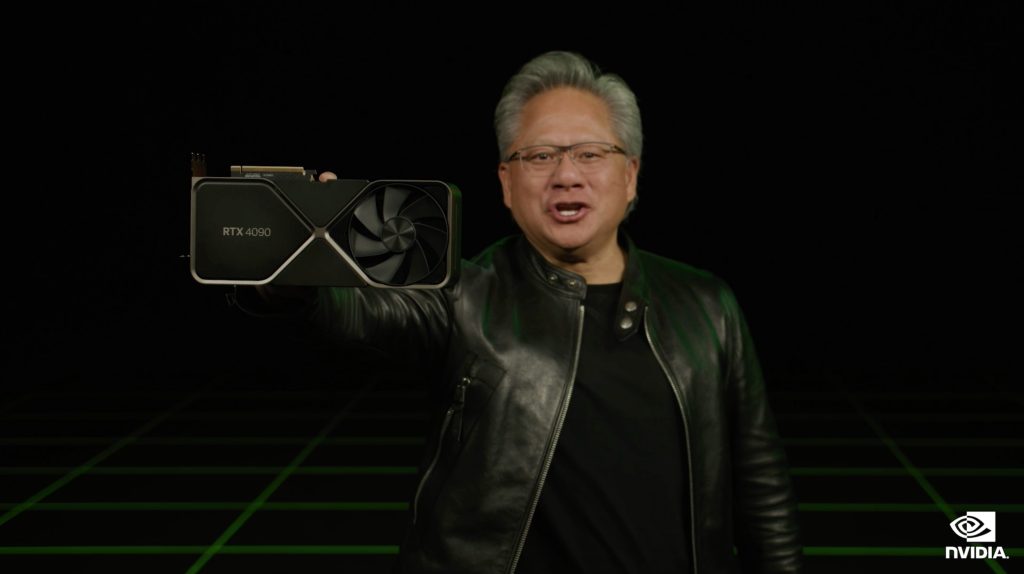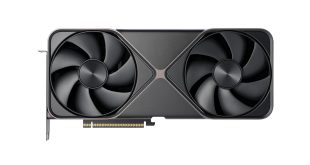If you've been paying attention to PC hardware news lately, then you likely know about the issues with Nvidia's 12VHPWR adapter for the RTX 4090. Some customers using these adapters have experienced major issues, seemingly due to poor construction of the adapter itself. There might be a fix though.
Following up on its dissection of the RTX 4090 12VHPWR adapter, Igor's Lab has made some modifications, finding that crimping the wires can work better rather than soldering. The site previously found that the 12VHPWR adapter used weak soldering that could easily break, causing heat issues with the adapter.
By crimping the wires instead of using solder, several issues are solved. Several companies selling 12VHPWR adapter cables are already using this method, like be quiet!. The Dark Power Pro 12 adapter has two 12-pin plugs converting to a single 16-pin connector using flexible 18AWG cables. Each of the 12-pin power cables has six 12V and six ground wires, for a total of 24 wires. These are then converted into 12 thick 16AWG cables that will end up on the 12VHPWR connector through crimped wires.
Using this method, cable flexibility increases considerably, giving users more freedom to route the cable without damaging it through excessive bending. The additional flexibility also reduces heat build-up and removes the possibility of corrosion, as the process doesn't create air bubbles.
Discuss on our Facebook page, HERE.
KitGuru says: Unfortunately, Nvidia has not given us an update on its investigation into this matter. Hopefully, a more reliable adapter design is used moving forward, and those who already picked up an RTX 4090 get their adapters replaced.
 KitGuru KitGuru.net – Tech News | Hardware News | Hardware Reviews | IOS | Mobile | Gaming | Graphics Cards
KitGuru KitGuru.net – Tech News | Hardware News | Hardware Reviews | IOS | Mobile | Gaming | Graphics Cards


